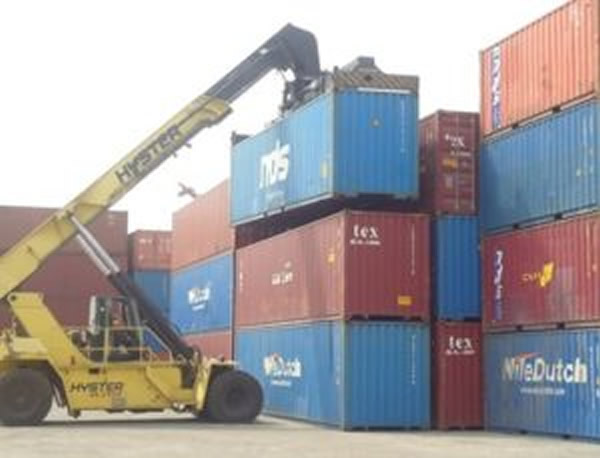
The APM Terminals Apapa has said would be prioritising equipment that is either electrified or able to use fuel types with lesser CO2 emissions.
The Terminal Manager, APM Terminals Apapa, Steen Knudsen, said this while addressing journalists on Tuesday, in Apapa.
He also restated the terminal’s commitment to promoting environmentally sustainable operation at the port.
He said, “When we buy equipment, we always look at the fuel efficiency of the equipment, and whether alternative options are available. In the future, when we will acquire equipment, we will consider equipment that is either electrified or able to use fuel types with lesser CO2 emissions. It is key that there is a strong collaboration between private and public players, to ensure sufficient clear electricity production and distribution is in focus, to make meaningful impact on industrial emissions.”
According to Knudsen, the terminal uses cargo handling equipment that is fuel efficient and environmentally sustainable.
“Our global ambition is to move towards a net-zero CO2 emission from all our operations worldwide, and in APM Terminals Apapa, we are sharing this ambition as well.”
He noted that the company had continued to promote awareness of the environmental impact of port operations.
Knudsen said that the terminal had taken practical steps to reduce such impact by minimising pollution and promoting the reduction, reuse, and recycling of plastic products.
“We must appreciate the fact that global supply chains have an impact on the environment. A lot of fuel is being consumed to deliver goods to countries around the world, and we must play an active role in reducing this consumption. One of the things we do here is to promote the recycling of our used tires and plastics. We recycle our used tires into various products such as pavers, which are used to pave the walkways in and outside the terminal. We also promote the collection and recycling of plastics to be turned into other useful products.”
The APMT Apapa boss said that the terminal educated its staff members on how to manage and repurpose harmful materials.
“For me, that is a better way to teach our employees about the environment. We educate ourselves on how to manage and repurpose these otherwise environmentally harmful materials as our contribution to creating a greener environment for generations to come,” he said.









